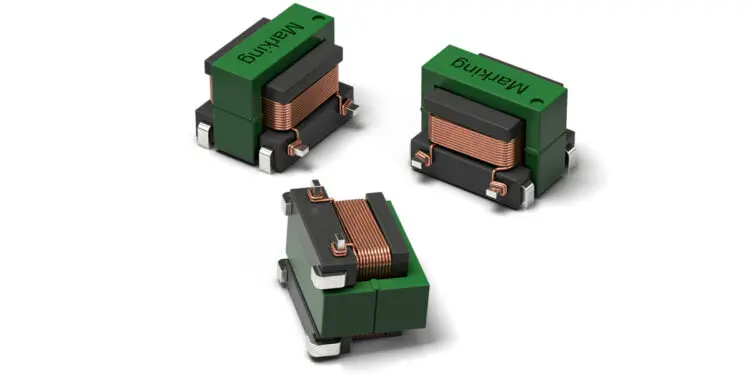Würth Elektronik expands the product family of WE-CST current sense transformers with the new WE-CST EE4.4 series. An innovative manufacturing process not only makes these current sense transformers extremely small (4.7 x 4.65, 3.55 mm), but also provides better insulation.
Their insulation voltage of 750 VAC, is 50 percent higher than that of market competitors. The WE-CST series type EE4.4 is suitable for a broad range of high frequency applications up to 1 MHz with currents up to 7 A.
Applications for the minute SMT-mountable current sense transformers include:
- AC current measurement
- switched mode power supplies
- overload detection
- load shedding and disconnect detection
- metering
- load measurement
- high frequency current sensing
The current sense transformer displays excellent temperature behavior and is approved for the operating temperature range of -40 to +125°C. WE-CST EE4.4 is available from stock in four different winding ratios from 1:20 to 1:150. Five further variants are set to be added in August. Developers can receive free samples on request.
Würth Elektronik does not specify a minimum order quantity.































